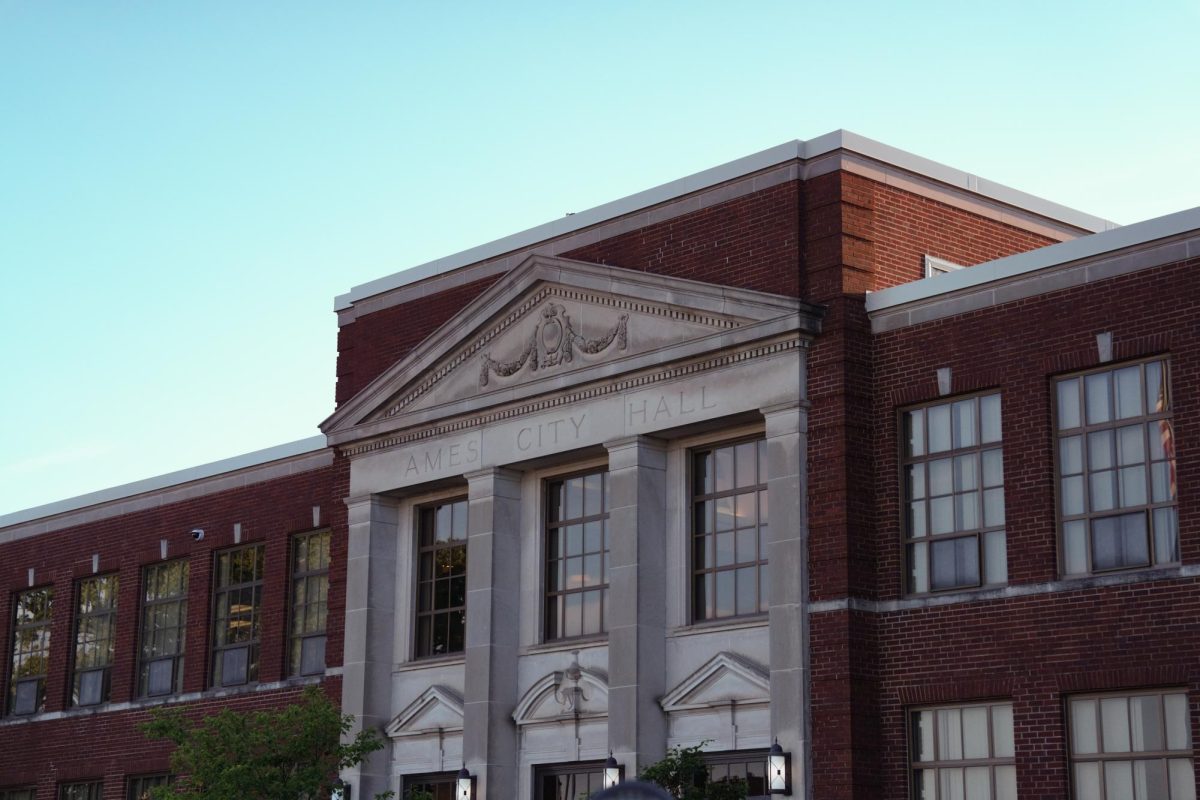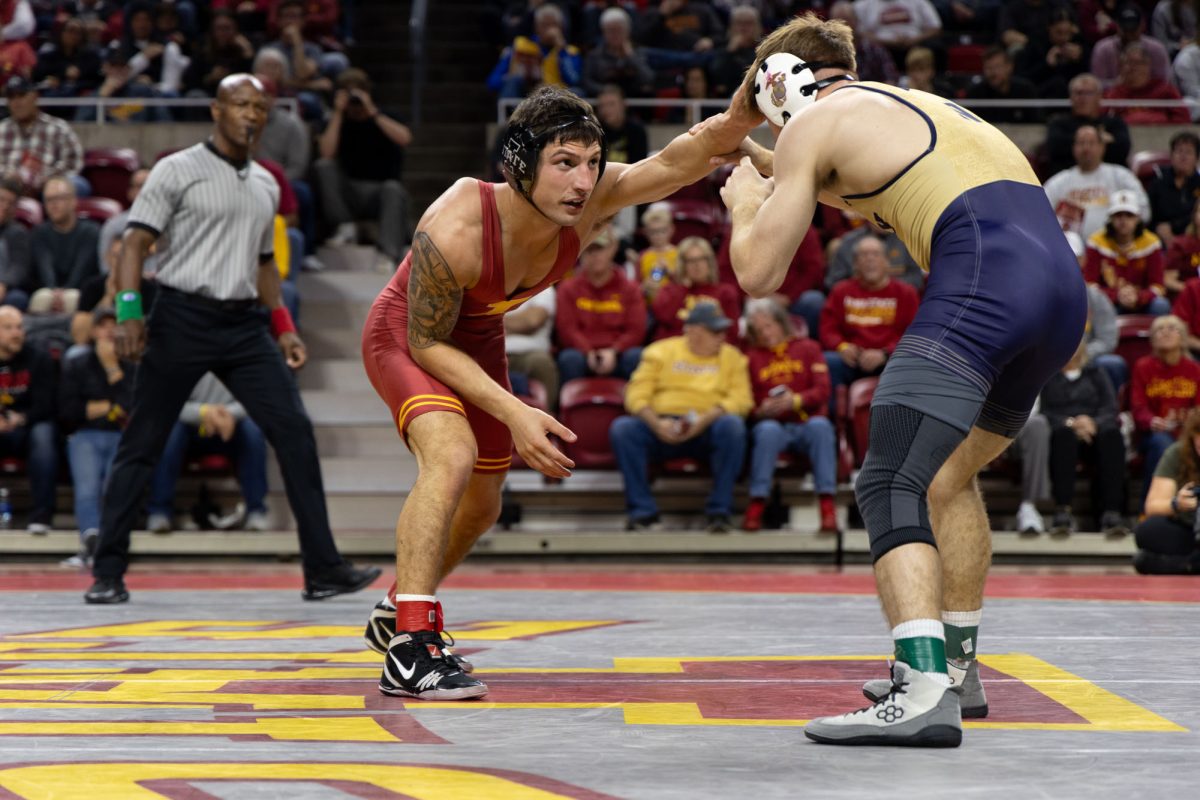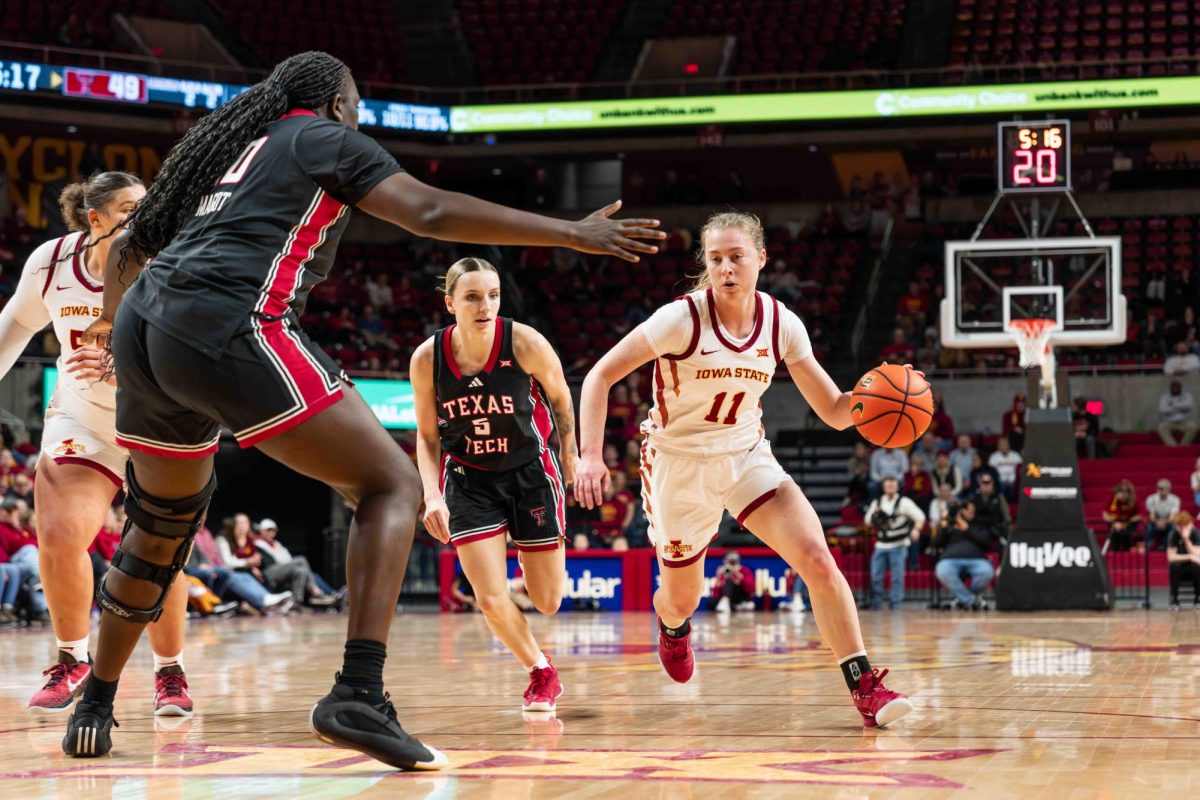Bikers, hikers can give input on rules
April 28, 1997
Bike riders and pedestrians on the Iowa State campus will soon be able to provide the Department of Public Safety with input on sidewalk rules.
DPS plans to have open forums in the fall for people to provide input on proposed new bike paths and other issues affecting both bikers and pedestrians.
The current booklet containing both bike and other parking rules is in a “redraft stage,” said Doug Houghton, parking systems coordinator for DPS.
The current bike rules levy a $12 fine for riding on nondesignated bike routes, such as grass or sidewalks, and a $5 fine for improper parking of bikes, such as locking bikes to trees, fences or other nondesignated bike racks. Offenders may also have to get their bike out of impoundment from DPS, which would cost them their bike lock.
Houghton said students should anticipate higher enforcement of sidewalk rules before the end of the year.
Both pedestrians and bikers already have opinions about the safety of their modes of transportation on campus.
“Somebody is going to have to move. It’s either move or get run over,” Theresa Erlbacher, a freshman in business, said.
“Most bikers are pretty conscientious of where walkers are,” Kara Troyer, a sophomore in psychology, said.
Troyer and Erlbacher usually walk to and from their classes.
Jeremiah Patterson, a senior in computer science, used to ride a bike on campus until the weather became too cold to ride. He doesn’t see any reason to regulate the sidewalks. “It’s very safe for bikers and pedestrians.”
Patterson said he has seen more “close calls” with bike collisions on the roads with buses and cars than on the campus sidewalks, pointing out the need for more bike routes on campus.
Right now the only bike trails not on campus streets are those by Hamilton Hall and between Davidson and Gilman Halls, which can make staying on bike routes when riding to and from buildings difficult for some.
“If they’re going to maintain the rules, they should make it possible for bikers to ride across campus,” Patterson said.
Houghton said new bike paths through campus could cause controversy.
“A bike path all the way through campus would be expensive and would raise other issues about central campus,” Houghton said.
DPS has already started to express more concern to meet the needs of bicyclists. About $45,000 has been spent each year over the last three or four years on developing a better bike system, and Houghton said they anticipate a continuation of this type of spending.
This summer there is a plan to pave the old railroad between Elwood and Wallace Roads for a bike path.






